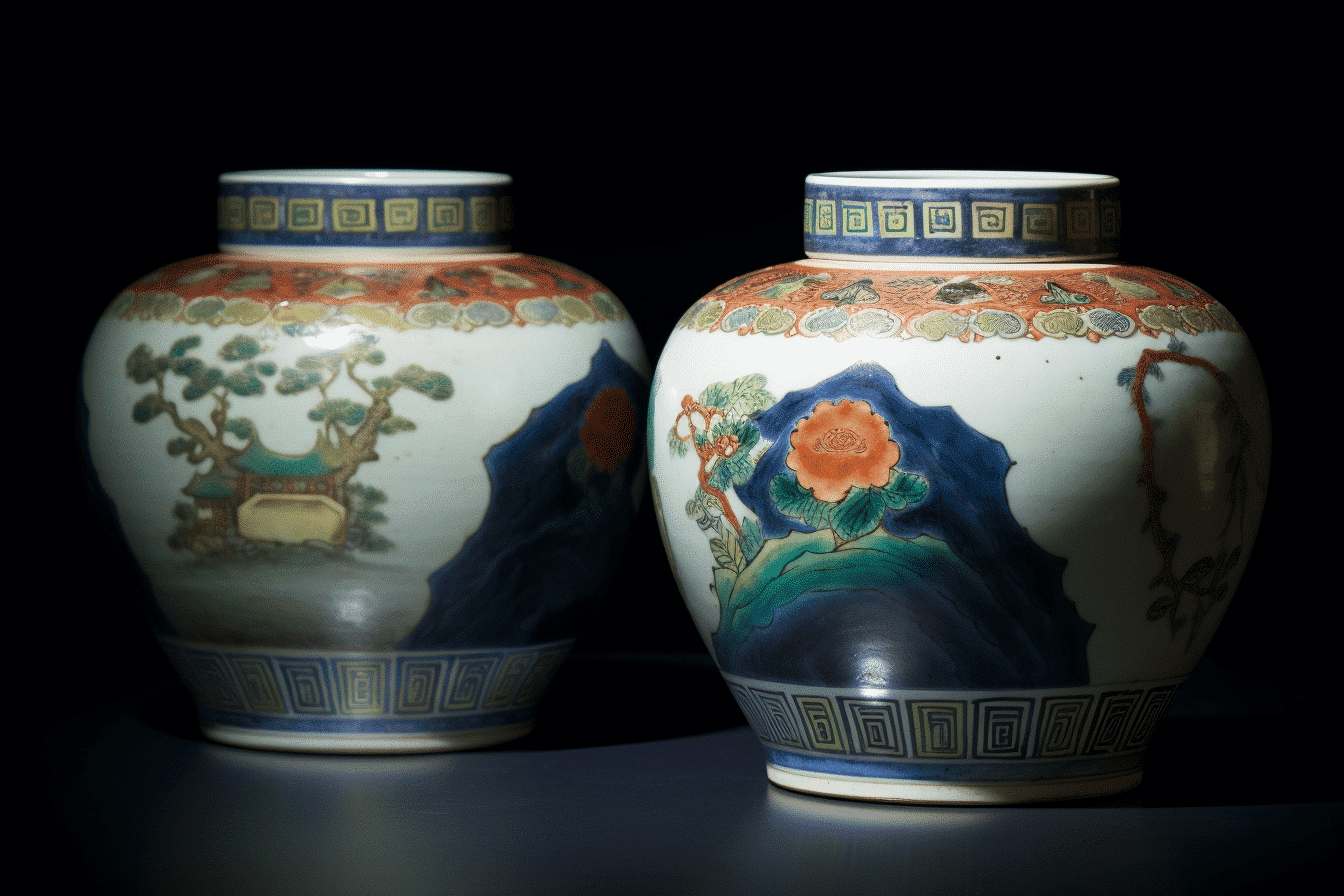In an extraordinary stroke of luck, a pair of ceramic jars bought for just £20 ($25) at a London thrift store were sold for nearly 3,000 times their purchase price. This was after they were discovered to date back to the Qing dynasty.
These 18th-century imperial Chinese doucai “lotus and chrysanthemum” jars went under the hammer for £59,800 ($74,500) at the Roseberys auction house in London.
Doucai is a specialized porcelain painting method that originated in the Ming dynasty, characterized by designs outlined in blue before glazing. This information was provided by Bill Forrest, the head of Chinese, Japanese, and Southeast Asian art at Roseberys, in an interview.
“The quality of a genuinely superior piece of imperial porcelain is such that it emanates an almost indescribable aura,” Forrest commented. He added that Chinese imperial porcelain is considered a rarity, as it was exclusively commissioned for the Imperial Court.
The pair of jars, each measuring 11.5-centimetres (4.5-inches), is artistically painted with blooming chrysanthemums and spiralling lotus leaves in vivid enamel colours of red, yellow, and green, complemented by a blue underglaze.
While no prototype for this design exists, similar patterns have been seen on bowls unearthed from Ming imperial kilns, per the auction listing.
The jars’ vendor, who prefers to remain anonymous, is a self-proclaimed ceramic enthusiast. They were drawn to the pots at the thrift store and decided to purchase them, unaware of their actual worth.
“People seem instinctively attracted to imperial Chinese porcelain, regardless of their familiarity with the art,” Forrest observed.
The significance of the jars dawned on the vendor only when they researched the term “Qianlong” inscribed on a label at the base of one of the jars. The pots were then taken to the auction house for evaluation, where it was noted that both floors bore the same six-character seal. Qianlong was the fourth emperor of the Qing dynasty, who ruled for six decades.
Forrest expressed disappointment at the need to recognize Chinese artifacts in charity shops, though he acknowledged that the niche expertise required for identification makes such oversights forgivable. He also mentioned that a “substantial portion” of the auction proceeds would be donated to the thrift store’s associated charity, although the amount remains undisclosed.
In previous auctions, jars of the same design have fetched impressive prices. For instance, a lidded pair was sold at Sotheby’s London for £277,200 (approximately $347,000) in November 2021.
This remarkable story encapsulates the thrill of unearthing treasures in the most unexpected places, reaffirming the adage that one person’s discard may become another’s treasure. The chance discovery and eventual sale of these Qing dynasty jars brought joy to an ardent ceramic collector and will provide a substantial donation to a deserving charity. All this shows that sometimes, priceless relics are waiting to be found in the most mundane corners of our everyday world.




